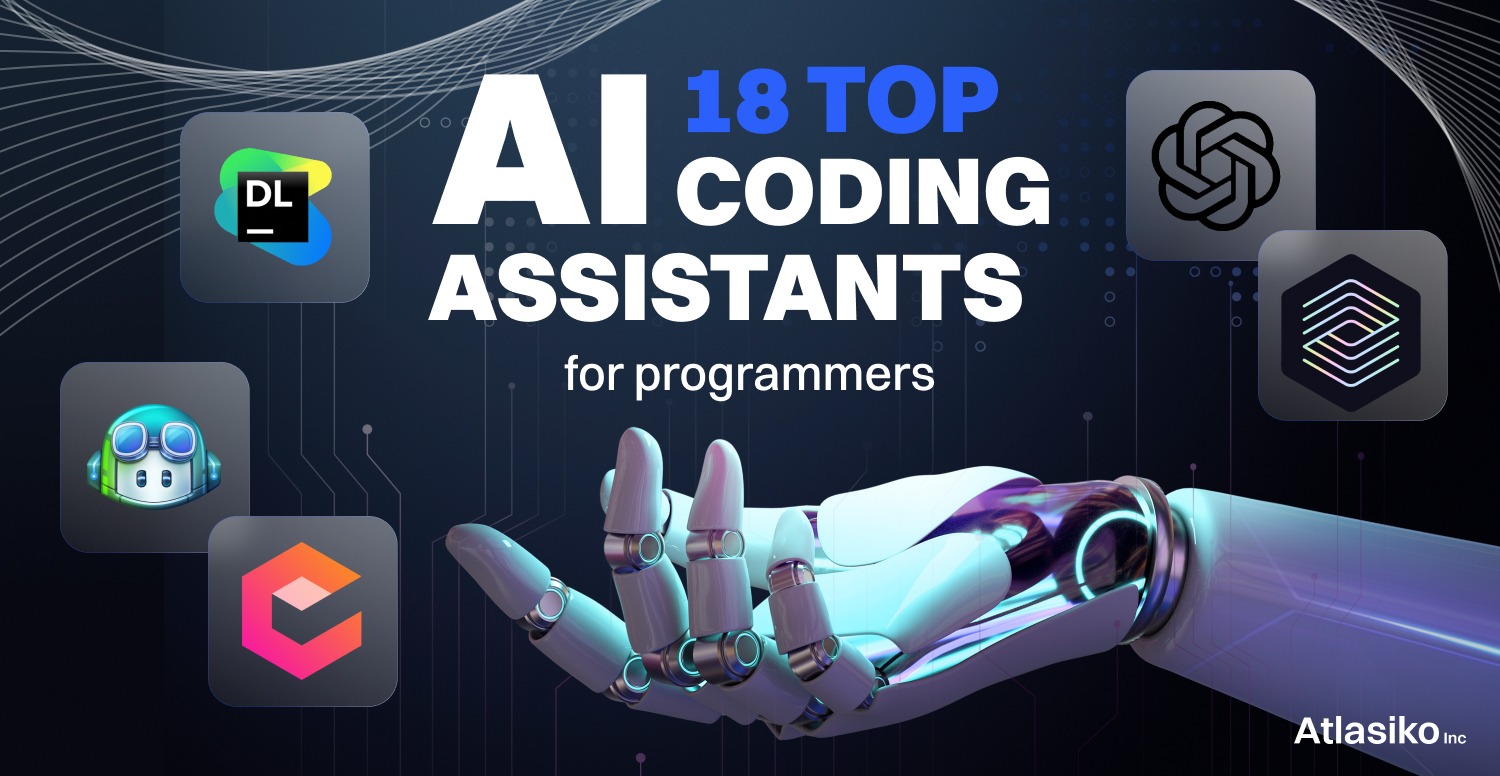
Mistral’s Codestral: A Generative AI Model for Code
As a developer, I’ve always been fascinated by the potential of artificial intelligence to revolutionize the way we code. That’s why I was excited to hear about Mistral’s latest release, Codestral, a generative AI model designed to help developers write and interact with code.
 The future of coding?
The future of coding?
Codestral is trained on over 80 programming languages, including Python, Java, C++, and JavaScript, making it a powerful tool for developers. It can complete coding functions, write tests, and even answer questions about a codebase in English. But what really caught my attention was the model’s ability to “fill in” partial code, making it an invaluable resource for developers.
However, as I dug deeper, I began to notice some red flags. For one, the license prohibits the use of Codestral and its outputs for any commercial activities, which raises questions about its practicality. Moreover, the model’s training data sets have been accused of containing copyrighted content, which could lead to legal issues down the line.
A glimpse into the world of code generation
Despite these concerns, Codestral is still an impressive achievement. With 22 billion parameters, it’s a behemoth of a model that requires a beefy PC to run. While it may not be the most practical tool for most developers, it’s certainly a step in the right direction.
The debate over the wisdom of relying on code-generating models as programming assistants is far from over. While some argue that these tools can amplify existing bugs and security issues in software projects, others see them as a necessary step towards more efficient coding practices.
 The future of coding is here
The future of coding is here
As I see it, the real question is not whether we should be using these tools, but how we can harness their power to create better, more efficient code. With Codestral, Mistral has taken a bold step towards making that vision a reality.















